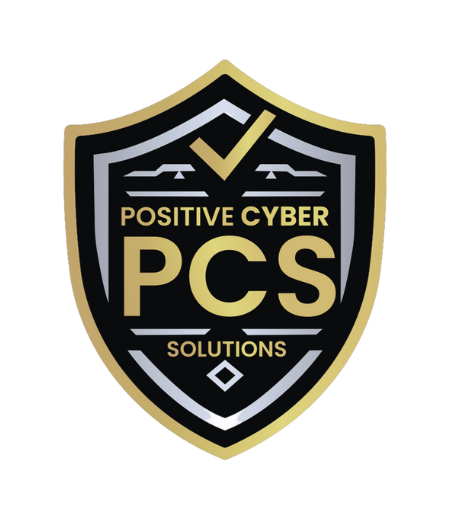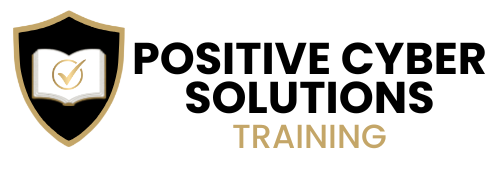Cybersecurity Isn’t a Policy — It’s a Culture
You can have the strongest password policy in the world.
You can plaster ISO 27001 or Cyber Essentials on your homepage.
You can even install a firewall that looks like it came straight out of Mission: Impossible.
But if your team still clicks on "Congratulations, you've won a free iPhone!" you’re toast.
You can plaster ISO 27001 or Cyber Essentials on your homepage.
You can even install a firewall that looks like it came straight out of Mission: Impossible.
But if your team still clicks on "Congratulations, you've won a free iPhone!" you’re toast.
Cyber Risk Starts with Culture
Let’s stop pretending cybersecurity is just an IT thing. It’s not.
It’s a people thing.
Because systems don’t click malicious links. People do.
Firewalls don’t leave laptops in pub toilets. People do.
That’s why building a cyber culture is the single most powerful thing you can do to protect your business.
It’s a people thing.
Because systems don’t click malicious links. People do.
Firewalls don’t leave laptops in pub toilets. People do.
That’s why building a cyber culture is the single most powerful thing you can do to protect your business.
What Is Cyber Culture?
It’s not just posters in the break room that say “Think Before You Click.”
Cyber culture is when:
Cyber culture is when:
- Staff report a suspicious email without fear or fuss
- People lock screens when they walk away, without being reminded
- Password managers are normal, not “too techy”
- No one groans when you say “There’s a quick security training this afternoon”
- Leadership talks about security like it’s part of business, not a compliance box
That’s the gold standard. And it doesn’t happen by accident.
How to Build it (Without Causing a Rebellion)
You don’t need a corporate rebrand to get started. Here’s what works:
-
Lead by Example
If leadership treats security seriously (without being dramatic), others follow. -
Normalise the conversation
Don’t make cyber a scary word. Talk about real risks and smart habits in plain English. -
Reward awareness
Celebrate the small wins. Spotting a phish? That’s a high-five moment. -
Make Training relevant
Not death-by-slide-deck. Use real-world examples. Show how attacks happen. Make it matter. -
Give People the tools
Good habits start with the right tools: password managers, device encryption, safe file-sharing. Make it easy to do the right thing.
The Culture You Build Today is the Risk You Avoid Tomorrow
A strong cyber culture can stop attacks before they begin.
Not because your firewall is flawless, but because your people are switched on.
Not because your firewall is flawless, but because your people are switched on.
And at PCS Training, that’s what we teach. Not just the standard, the mindset.


